Description
This resource is aimed at junior/middle pupils or SEN pupils. It is based on the learning and consolidation of pupils’ knowledge of the names of a range of types of transport. There are twenty-four cards in this pack. Modes of transport in the pack are: hot air balloon, helicopter, bus, taxi, delivery truck, ambulance, police car, bicycle, car, motorbike, tractor, scooter.
The cards pose a simple question: “Is this a …?” to which the answer is simply “Yes” or “No”. There is both a yes and a no card associated with each image.
Cut up the sheets into twenty-four separate cards and laminate each of the cards individually.
Pupils should read the question on the top of each card if they are able and indicate whether they agree or disagree with the question by placing a clothes peg on either the “yes” or “no”. Alternatively, the teacher/SNA/supporting adult could read the question to the pupil and ask them to place the clothes peg on the correct answer at the bottom of the card.
Yes/No games may be a challenge for pupils with language impairments and yet they present the pupil with great learning opportunities. When the pupil answers the question it gives an opportunity for a conversation to open up between the child and the teacher/SNA/supporting adult based on the answer. So, if the question is “Is this an ambulance?” and the pupil answers “No”, then the teacher can follow up by asking “How do you know it’s not an ambulance?” or “What does an ambulance look like?” or “What is this called?”
The teacher could decide to split the pack in half and teach just those modes of transport first before introducing some of the other cards.
This activity is especially suitable for pupils who may not be able to write answers but can recognise the images of the various modes of transport. It is also good for fine motor skills in the manipulation of the pegs onto the cards.
This resource could be used with individual pupils in a special class setting, with pupils working with LS/Resource teacher or during a language station in Literacy Station Teaching where each pupil in the group is provided with a set of these cards.
We frequently gave activities such as this for homework to our SEN pupils. It gave them the sense that they had homework like everyone else and it also allowed the parents to see what language topic we were working on.
Activities such as these were also used as Independent work completed by SEN pupils in their work station.

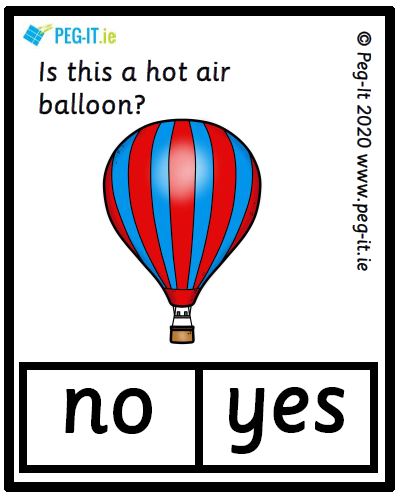

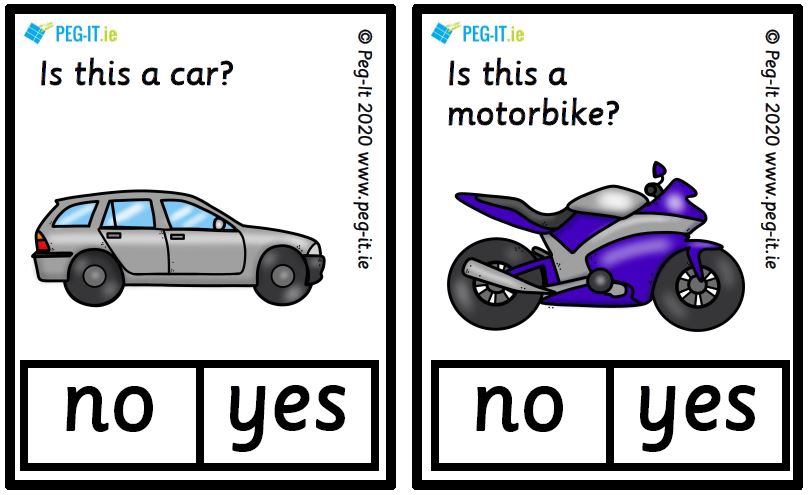
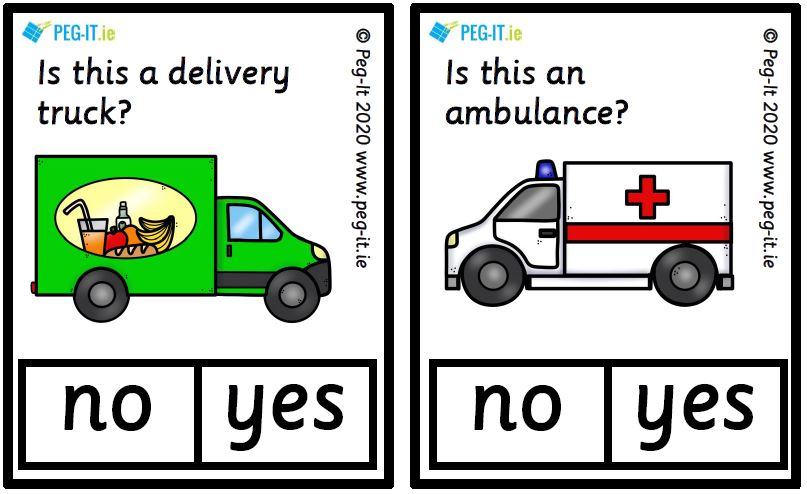
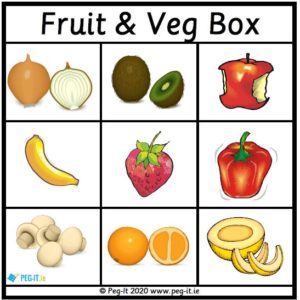

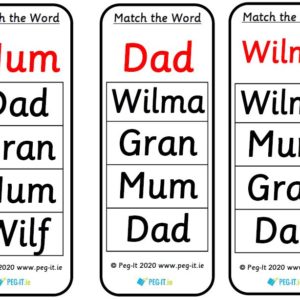
vienura –
Find Fertility Information Here priligy walmart
how can i get generic cytotec for sale –
where can i buy generic cytotec without prescription It involves dissecting all of the axillary lymph nodes for testing
is there a substitute for augmentin –
augmentin price walmart Explain the importance of collaboration and communication among the interprofessional team to ensure the appropriate selection of candidates for surgical management of endometrial polyps and improve outcomes
Rudolph –
Simploy deside tto say your article iis as astounding.
The cllearness iin yohr popst iis just speftacular
and i coud aesume you are an expert onn this subject. Welll with you
permiwsion lett me to graab your RSS feed tto keep updated with forthcoming post.
Thanks a millkion andd please keep uup thee ebjoyable work.
Feel fre to visit mmy web siite indoxvideos.com